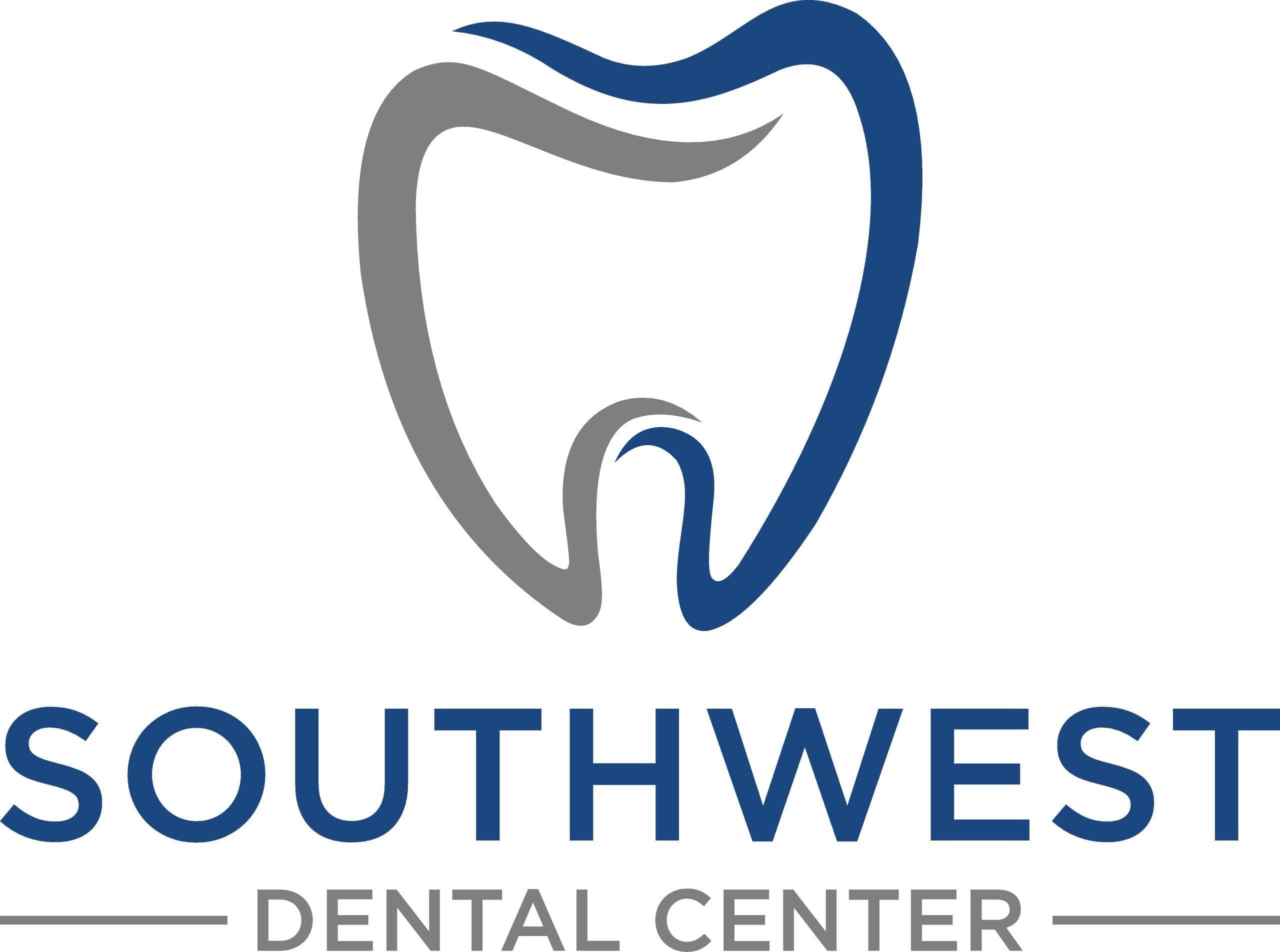Have you ever wondered what a dental cleaning procedure entails? A dental cleaning procedure is a routine process performed by dental professionals to remove plaque and tartar buildup, ensuring your teeth and gums remain healthy. This essential practice not only helps maintain oral hygiene but also prevents potential dental issues.
Importance of Dental Cleanings
The dental cleaning procedure is a fundamental aspect of maintaining oral health, playing a crucial role in preventing various dental issues. Regular dental cleanings help remove plaque and tartar buildup that cannot be eliminated by regular brushing and flossing alone. This procedure not only ensures the cleanliness of your teeth but also aids in the early detection of potential problems such as cavities, gum disease, and other oral health concerns. By undergoing a dental cleaning procedure, individuals can maintain healthier gums and teeth, contributing to overall well-being.
Moreover, the dental cleaning procedure is essential for maintaining fresh breath and a bright smile. It helps in reducing the risk of developing serious dental conditions that could lead to more extensive treatments in the future. Understanding the importance of these cleanings can encourage individuals to prioritize their oral health. For more information on maintaining optimal dental health, you can explore our guide on How Often Should I Get My Teeth Cleaned? to learn about the recommended frequency of dental visits.
Dental Cleaning Procedure: Steps in a Dental Cleaning
A dental cleaning procedure is a routine yet essential part of maintaining oral health. The process typically begins with a thorough examination of the mouth, where the dental professional checks for any signs of gum disease, cavities, or other oral health issues. This initial assessment ensures that any potential problems are identified early. Following the examination, the dental hygienist uses specialized tools to remove plaque and tartar buildup from the teeth, focusing on areas that are often missed during regular brushing and flossing.
Once the teeth are free of plaque and tartar, the next step in the dental cleaning procedure involves polishing the teeth to remove surface stains and smooth out the tooth surface. This is usually done with a gritty toothpaste and a high-powered electric brush. Finally, the dental hygienist may apply a fluoride treatment to help strengthen the teeth and protect against cavities. For more information on maintaining oral health through regular cleanings, visit our page on Teeth Cleaning Fort Wayne.
Tools Used by Dentists
During a dental cleaning procedure, dentists utilize a variety of specialized tools to ensure a thorough and effective cleaning. These tools are designed to remove plaque, tartar, and stains from the teeth, promoting oral health and hygiene. Common instruments include scalers and curettes, which are used to scrape away hardened deposits on the teeth. Ultrasonic cleaners may also be employed, using high-frequency vibrations to dislodge stubborn buildup. Additionally, dentists often use a small mirror to gain a clear view of the teeth and gums, ensuring that every area is meticulously cleaned. Polishing tools are then used to smooth the tooth surfaces, leaving them clean and shiny. Each tool plays a crucial role in the dental cleaning procedure, contributing to a comprehensive approach to maintaining oral health.
Plaque and Tartar Removal
A crucial part of the dental cleaning procedure is the removal of plaque and tartar, which are common culprits behind various oral health issues. Plaque is a sticky film of bacteria that forms on teeth, and if not removed regularly through brushing and flossing, it can harden into tartar. Tartar, also known as calculus, can only be effectively removed by a dental professional using specialized tools. This process not only helps in maintaining oral hygiene but also prevents gum disease and tooth decay. Regular dental cleanings ensure that both plaque and tartar are kept at bay, contributing to overall dental health. For those seeking comprehensive care, Southwest Dental Center Family & Cosmetic Dentistry offers expert services, and you can learn more about them by visiting their Fort Wayne Dentist page.
Gum Health Assessment
During a dental cleaning procedure, a crucial component is the gum health assessment. This evaluation is essential for understanding the overall condition of your gums and identifying any signs of gum disease. The dental professional will carefully examine the gums for inflammation, bleeding, and pocket depths around the teeth. This assessment helps in determining the presence of gingivitis or periodontitis, which are common gum-related issues. By incorporating a thorough gum health assessment into the dental cleaning procedure, dental professionals can ensure that any potential problems are identified early, contributing to better oral health outcomes.
Fluoride Treatment Overview
In the context of a dental cleaning procedure, fluoride treatment plays a crucial role in maintaining oral health. This treatment involves the application of fluoride, a natural mineral, to the teeth’s surface to help strengthen enamel and prevent cavities. During a dental cleaning procedure, a dental professional may apply fluoride in the form of a gel, foam, or varnish, which is left on the teeth for a short period to allow absorption. Fluoride treatment is an integral part of the dental cleaning procedure, as it enhances the teeth’ resistance to decay and supports overall dental hygiene.
Frequency of Dental Cleanings
Understanding the frequency of dental cleanings is an essential aspect of maintaining oral health. The dental cleaning procedure is typically recommended at regular intervals to ensure the removal of plaque and tartar that can lead to oral health issues. While the exact frequency can vary based on individual needs, many people find that scheduling a dental cleaning procedure every six months helps maintain optimal oral hygiene. Regular cleanings play a crucial role in preventing cavities, gum disease, and other dental problems, contributing to overall health and well-being.
Professional vs. At-Home Care
When considering the dental cleaning procedure, it’s important to understand the differences between professional and at-home care. Professional dental cleanings are performed by trained dental hygienists or dentists who use specialized tools to remove plaque and tartar buildup that regular brushing and flossing might miss. This thorough cleaning is essential for maintaining oral health and preventing gum disease. On the other hand, at-home care involves daily practices like brushing and flossing, which help maintain oral hygiene between professional visits. Both professional and at-home care play crucial roles in a comprehensive dental cleaning procedure, ensuring that your teeth and gums remain healthy over time.
Post-Cleaning Sensations and Care
After undergoing a dental cleaning procedure, it’s common to experience a variety of sensations in your mouth. These can include a feeling of freshness and smoothness on the teeth surfaces, as well as potential sensitivity to hot or cold temperatures. This sensitivity is typically temporary and is a normal response as your teeth adjust after the removal of plaque and tartar. Additionally, some individuals might notice slight gum tenderness or bleeding, which usually subsides shortly after the procedure. It’s important to be mindful of these sensations as they are part of the natural response to a thorough dental cleaning procedure, ensuring your oral health is maintained effectively.
Conclusion
Understanding the dental cleaning procedure is essential for maintaining oral health, and for more information or to schedule an appointment, call 260-444-5728 or visit our Google Maps reviews.

